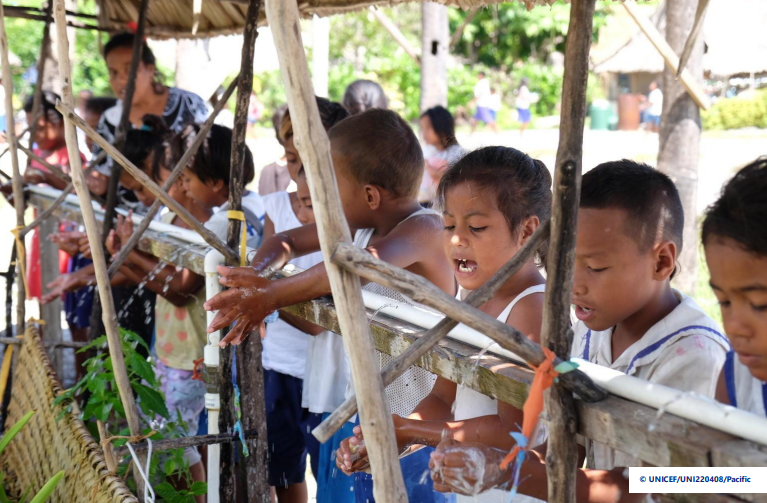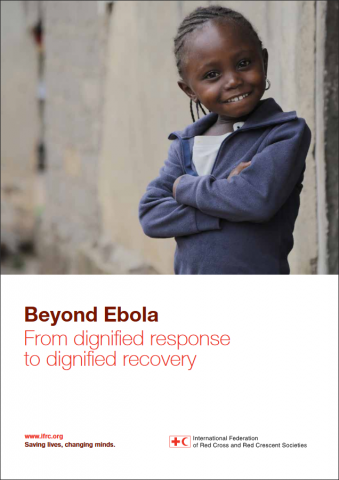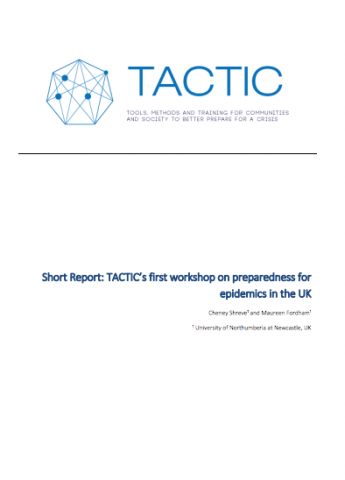NAMI: COVID-19 Information and Resources
The spread of COVID-19 (coronavirus) is having wide-reaching impacts, and people affected by mental health conditions face unique challenges during this time. Even those without history of mental health conditions may feel heightened levels of stress and anxiety relating to the pandemic. National Alliance on Mental Illness (NAMI) has published a guide to help cope […]
NAMI: COVID-19 Information and Resources Read More »






